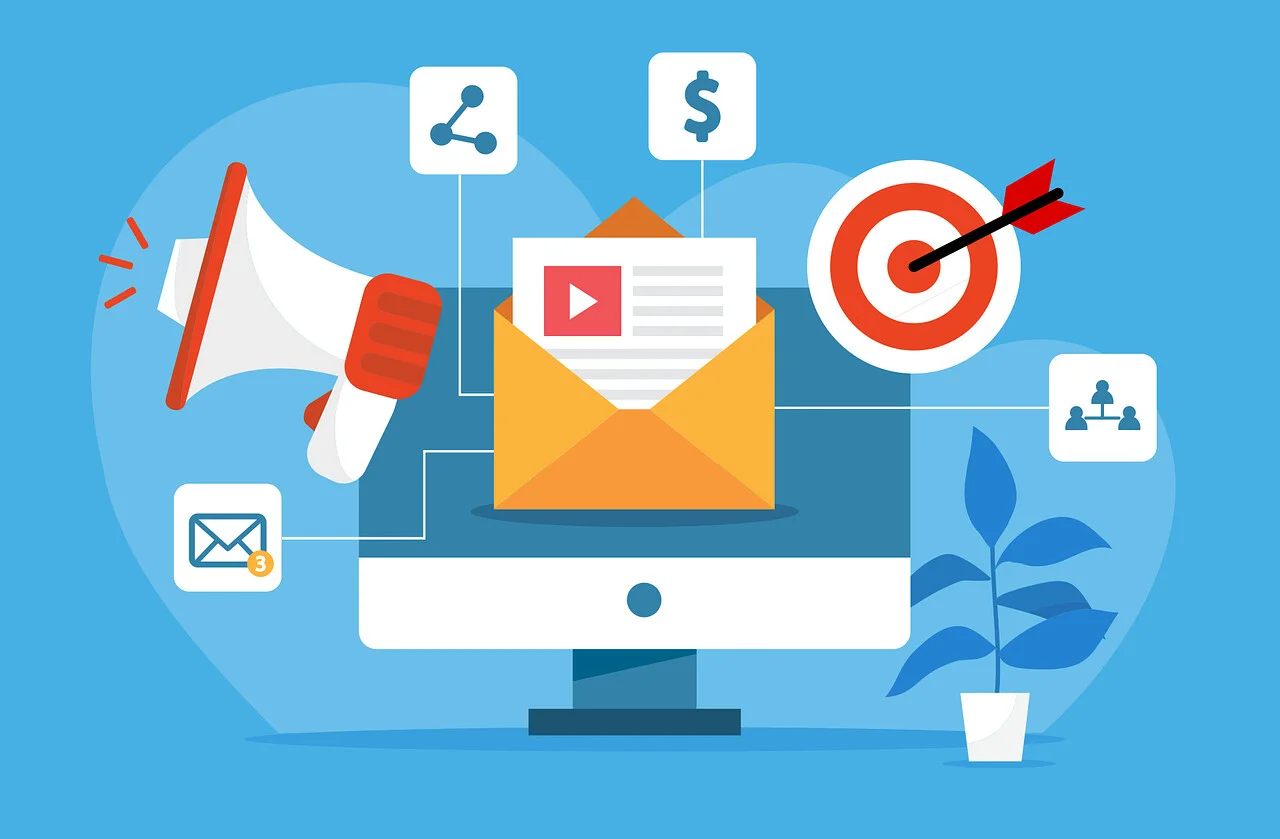Email marketing remains one of the most powerful tools for businesses to connect with their audience, drive conversions, and build long-term relationships. However, achieving consistent results requires more than just sending out emails, it requires a strategic approach that delivers value to recipients while aligning with your business goals.
Read more about Business
This post will outline the key steps to building an effective email marketing strategy that engages your audience and drives measurable results.
-
Define Your Goals
Every successful email marketing strategy begins with clear goals. Are you looking to generate leads, nurture existing customers, drive sales, or build brand awareness? Your objectives will shape the type of emails you send, the frequency of your campaigns, and the metrics you track.
For example:
- If your goal is lead generation, focus on emails that provide valuable resources like ebooks or webinars.
- If you aim to increase sales, highlight product promotions, discounts, and personalized recommendations.
- By defining your goals, you create a roadmap for your strategy and a framework for measuring success.
-
Build and Segment Your Email List
An engaged and segmented email list is the foundation of effective email marketing. Collect email addresses through lead magnets, such as free resources, discounts, or exclusive access, and ensure you have permission to contact these subscribers.
Segment your list based on factors like demographics, purchase history, or engagement levels. Segmentation allows you to send highly targeted emails that resonate with specific groups, improving open rates and conversions.
-
Craft Compelling and Personalized Content
The content of your emails should provide value to your audience, whether it’s information, entertainment, or exclusive offers. Focus on crafting subject lines that grab attention and encourage recipients to open your email.
Personalization is key to engaging your audience. Use data like the recipient’s name, preferences, or purchase history to tailor your messaging. For example: “Hi [Name], here’s a 20% discount just for you!” Include personalized product recommendations based on browsing or purchase behaviour.
-
Design for Readability and Mobile Optimization
Your email design should be clean, visually appealing, and easy to read. Use a clear hierarchy with headings, subheadings, and bullet points to make the content scannable. Include high-quality images and a strong call-to-action (CTA) that guides recipients toward the desired action.
With most emails being opened on mobile devices, ensure your design is responsive. Use larger fonts, easily tappable buttons, and optimized images for a seamless mobile experience.
Sign up for the Connect Nigeria daily newsletter
-
Choose the Right Email Types
Not all emails serve the same purpose. Diversify your campaigns based on your goals and audience needs. Common email types include:
- Welcome Emails: Introduce new subscribers to your brand.
- Promotional Emails: Highlight sales, discounts, or new products.
- Nurture Campaigns: Provide educational or entertaining content to build relationships.
- Transactional Emails: Confirm purchases, send receipts, or provide shipping updates.
- Re-Engagement Emails: Win back inactive subscribers with special offers or reminders.
- Choosing the right email type ensures your content aligns with the recipient’s journey and expectations.
-
Test and Optimize Your Campaigns
To maximize the effectiveness of your strategy, test various elements of your emails to see what resonates with your audience. A/B testing allows you to experiment with:
- Subject lines
- CTAs
- Email designs
- Send times
Analyze the results to identify patterns and refine your approach. For example, testing might reveal that shorter subject lines improve open rates, or that emails sent on Thursdays have higher engagement.
-
Track and Measure Performance
Regularly monitor your email campaigns to measure their success and identify areas for improvement. Key metrics to track include:
- Open Rate: Percentage of recipients who open your email.
- Click-Through Rate (CTR): Percentage of recipients who click on a link or CTA.
- Conversion Rate: Percentage of recipients who take the desired action (e.g., make a purchase).
- Bounce Rate: Percentage of emails that couldn’t be delivered.
- Unsubscribe Rate: Percentage of recipients who opt out of your list.
- Use these insights to adjust your strategy, optimize future campaigns, and better understand your audience.
-
Stay Compliant and Respectful
Compliance with email marketing regulations, such as GDPR or CAN-SPAM, is essential to maintain trust and avoid legal issues. Ensure you:
- Obtain explicit consent before sending emails.
- Include an unsubscribe option in every email.
- Use accurate sender information and subject lines.
- Respecting your audience’s preferences builds trust and ensures a positive brand reputation.
Register to attend the CN Business Mixer
Conclusion
An effective email marketing strategy requires clear goals, audience segmentation, compelling content, and continuous optimization. You can create campaigns that engage your audience and drive meaningful results by focusing on personalization, mobile-friendly design, and data-driven improvements. With the right approach, email marketing can become a cornerstone of your business’s success.
Featured Image Source: WinSavvy
Did you find this article useful? Contact us: [email protected]


